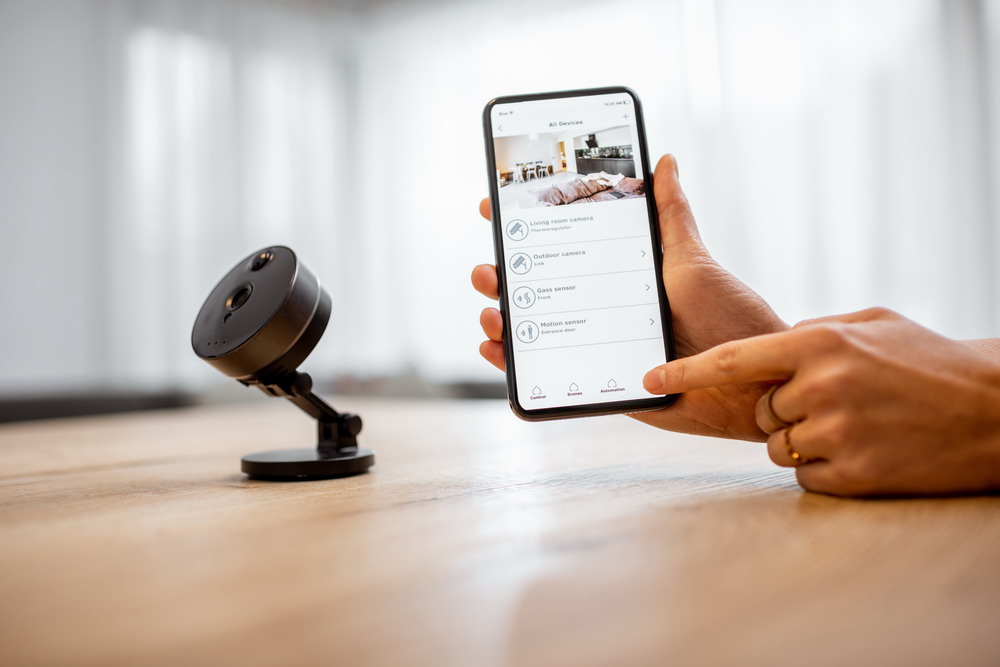Home automation is a booming industry that only promises to continue growing over the next decade. More and more homes are equipped with basic home automation devices that simplify life and make homes safer and more efficient. That begs the question: are you on board with home automation yet?
Getting on board can be a scary proposition. There are so many options that it is tough to know where to start. Then there is the pressure of not wanting to make a mistake by investing in home automation devices you will not use. But there is good news here. There are some entry-level devices that will introduce you to the basics of home automation without costing a fortune.
Below are three such devices, complements of Vivint Smart Home. As a nationwide provider of professionally installed home automation and security systems, Vivint works with newbies all the time.
Device #1: The Smart Speaker
The smart speaker is perhaps the easiest device to install and use. In fact, it is so easy that the majority of homeowners start their journey with a smart speaker from Google or Amazon. Incidentally, Vivint equipment supports Google and Amazon devices.
What can you do with a smart speaker? You can ask questions and have it retrieve the answers online. But that’s just for starters. The smart speaker can be programmed to remind you to take your medicine. You can dictate and store digital notes. You can even use a smart speaker to control a variety of other smart home devices.
Device #2: The Smart Plug
The smart plug is a small device that you plug into an electrical outlet. Any device with a mechanical power switch can then be plugged into the smart plug for both remote access and programming. We can easily illustrate the capabilities by looking at lighting.
Connect a smart plug between your living room lamp and an electrical outlet and you suddenly have automated lighting. With either voice control or a mobile app, you can program a light to turn on and off at certain times. With a smart speaker, you can tell the light to turn on in 30 minutes. It will do just that.
If you programmed a number of smart plugs and needed to override that programming from work, no worries. A companion mobile app lets you access programming remotely. Make the changes as you see fit and get back to work.
Device #3: The Smart Lock
The smart lock is a fantastic entry-level device for newbies for the simple fact that it doesn’t require any sort of complex programming. What makes this device smart is its remote access capabilities. Combined with keyless entry, remote access completely changes the game.
You do not need keys to unlock a smart lock. Rather, entry is gained by entering a security code using a numerical keypad. Keyed entry is still possible for emergency situations, like dead batteries, but you’ll find that you almost never use your keys with one of these locks installed.
In terms of remote access, you can use a mobile app to lock or unlock the door. Unlock the door for your kids when they get home from school. Let out-of-town visitors into the house if they arrive while you’re at work.
There are many more smart home devices in which you could invest. The three described in this post are good entry-level choices for newbies. Start with one or all three of them, then take advantage of what they offer to learn the basic concepts of home automation. Chances are you will be ready for new devices in short order.

